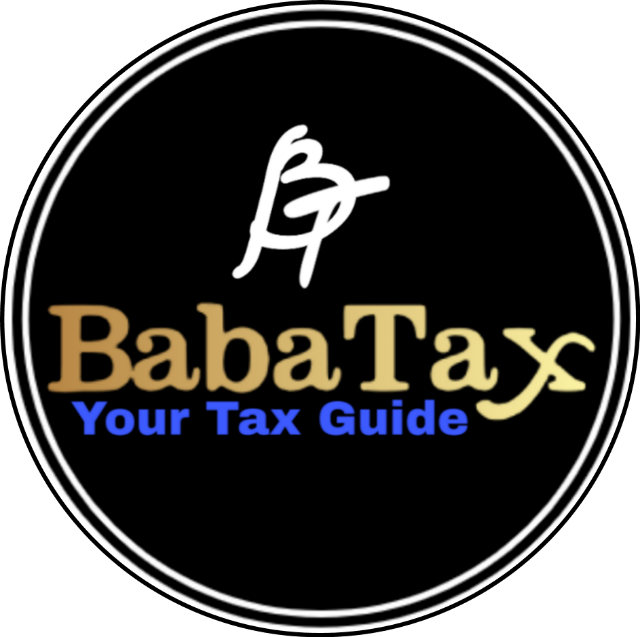
Under the new tax regime for the financial year 2025–2026, the Budget 2025 has proposed to make ordinary income up to Rs 12 lakh tax-free. This has become possible due to revised tax slabs and an enhanced rebate of Rs 60,000 under section 87A. However, there has been a great deal of confusion regarding tax on incomes slightly above Rs 12 lakh ever since the new tax system for FY 2025–2026 was announced, along with updated tax slabs and rates. What occurs, for instance, if someone makes Rs 12.1 lakh or Rs 12.5 lakh?
Read also: Budget 2025-26: Big Tax Cuts! New Income Tax Slabs & Savings Guide
You might expect paying Rs 61,500 in income tax if your salary is slightly over Rs 12 lakh, say Rs 12.10 lakh. However, you won’t pay the entire tax because of marginal relief. This exemption makes sure that your overall tax obligation does not exceed the amount of taxes you would have paid if your income had been approximately Rs 12 lakh. Therefore, marginal reduction lowers your tax on Rs 12.10 lakh to Rs 25,000 (with cess), saving you a substantial sum of money. Normally, your tax would be Rs 61,500.
All enquiries have been clarified by the Central Board of Direct Taxes (CBDT), which states that the total income up to which marginal rebate is available is around Rs 12,75,000.
Read also: Bogus Political Donations Made : I-T Dept Sents Messages to file the ITR-U
What is marginal tax relief?
When an individual’s income is only a little higher than the tax-free threshold, the income tax department will grant them marginal tax relief.
A provision known as “marginal relief” allows a taxpayer whose income may have only exceeded the threshold of a higher tax band to avoid paying taxes that are higher than their increased income. While salaried individuals will benefit from tax-free income up to Rs 12.75 lakh due to slab rates, rebates, and the standard deduction of Rs 75,000, non-salaried individuals will also be able to benefit from a standard deduction in the form of marginal relief, which will make income up to Rs 12.75 lakh tax-free. However, income over Rs 12.75 lakh will not qualify for marginal relief.” Said by the experts.
Level |
Tax without relief |
Tax with relief |
Tax relief |
| Rs 12.10 lakh income | 61,500 | 10,000 | 51,500 |
| Rs 12.50 lakh income | 67,500 | 50,000 | 17,500 |
| Rs 12.70 lakh income | 70,500 | 70,000 | 500 |
| Rs 12.75 lakh income | 71,250 | 71,250 | No relief at this level |
The above tax is excluding cess.
Read also: I-T Department Apologize for Issuing Erroneous Notices To Taxpayers
How is Marginal Relief Calculated?
Without exemption, the tax due on an income of Rs 12.1 lakh is Rs 61,500. The breakdown of this is as follows:
Amount |
Slab rate |
Tax amount |
| 0-4,00,000 | 0% | 0 |
| 4,00,001-8,00,000 | 5% | 20,000 |
| 8,00,001-12,00,000 | 10% | 40,000 |
| 12,00,001-12,10,000 | 15% | 1,500 |
Read also: Cash rules under Income tax : How much cash can you receive in one day to avoid an I-T notice?
However, the tax on Rs 12 lakh is zero due to the Rs 60,000 refund, and the marginal relief is calculated using the surplus income over Rs 12 lakh. The surplus revenue for Rs 12.1 lakh is Rs 10,000. The tax payable is reduced to merely Rs 10,000 after deducting Rs 10,000 from the entire tax liability.
Residents who earn more than Rs 12 lakh but less than Rs 12.75 lakh are eligible for marginal relief. Marginal reduction ends and a taxpayer is liable to the regular tax rates if their income over Rs 12.75 lakh.
With a gross taxable income of Rs 14 lakh, Mr. Z claims deductions of Rs 1.75 lakh, which includes a Rs 1 lakh deduction under Section 80CCD (2) for an employer’s NPS contribution and a Rs 75,000 standard deduction. Despite earning more than Rs 12 lakh, he is not qualified for a Section 87A reimbursement. His tax liability will be Rs 63,750 in the absence of marginal rebate. His ultimate tax is Rs 26,000, but he only pays Rs 25,000 plus a 4% cess because of marginal reduction. According to the new tax rates, full tax is owed after the Rs 12.75 lakh maximum for marginal exemption.
Read also: Income Tax: Check the latest list of 29 banks available for e-Pay Tax service
The income tax exemption level was raised to INR 12 lakhs in the Union Budget 2025, thereby making incomes up to this amount tax-free. When the normal deduction of Rs 75,000 is taken into account, this limit rises to INR 12.75 lakh for salaried individuals.
A mechanism called as marginal relief, which otherwise guarantees that taxpayers with incomes slightly above Rs 12 lakh but not above Rs 12.75 lakh are not subject to disproportionately high tax rates, also offers benefits to non-salaried individuals making slightly over Rs 12 lakh. In other words, residents who earn more than Rs 12 lakh but less than Rs 12.75 lakh are eligible for small assistance. When a taxpayer earns more than Rs 12.75 lakh, marginal relief no longer applies, and they will be subject to the regular tax rates.
Read also: New PAN card to have a QR code, will your current PAN card become inoperative?


Disclaimer:The article or blog or post (by whatever name) in this website is based on the writer’s personal views and interpretation of Act. The writer does not accept any liabilities for any loss or damage of any kind arising out of information and for any actions taken in reliance thereon.
Also, www.babatax.com and its members do not accept any liability, obligation or responsibility for author’s article and understanding of user.
For Advertising with us-
- Mail us at [email protected]
- Whatsapp us at +91-7024984925
